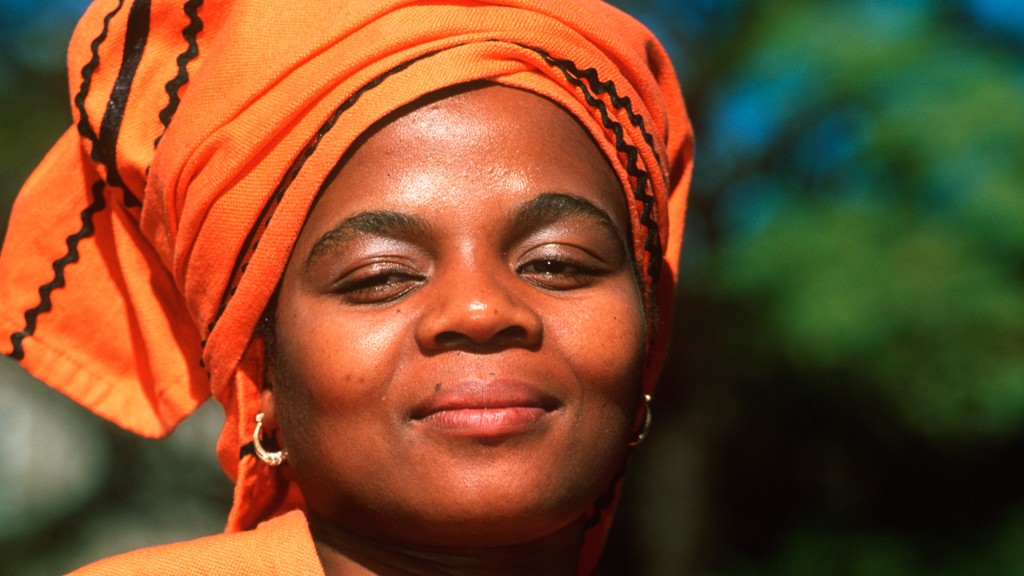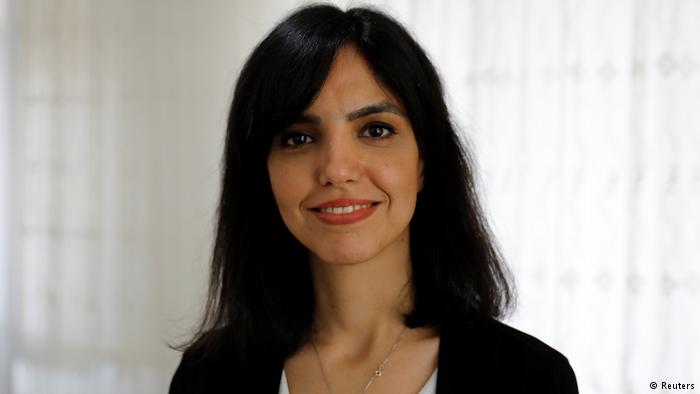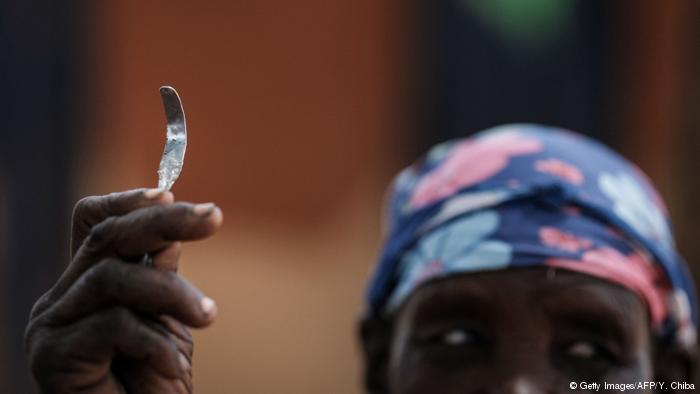A headscarf for all seasons
Colorful, patterned or plain – at wedding ceremonies or during funerals – African women always have the right headscarf for every occasion. For many, it is an indispensable part of their outfit.
Protection from evil spirits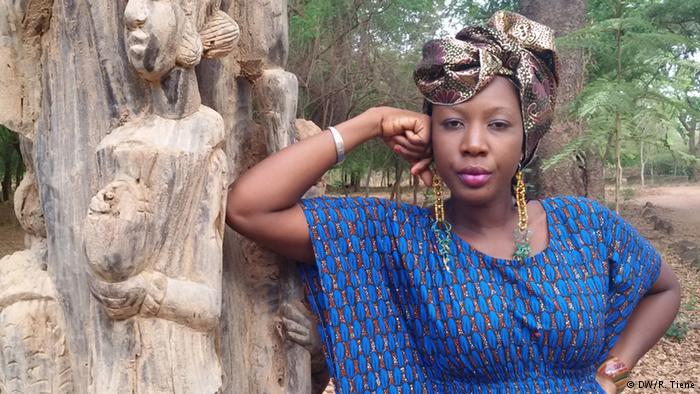
The African headscarf fashion is sophisticated. There are countless ways of tying the cloth and different fabrics for different occasions. In Burkina Faso, the headscarf is not only worn to shield one from rain but also from evil spirits. Compliments are usually welcome because most of the headscarves are real eye-catchers.
Day or night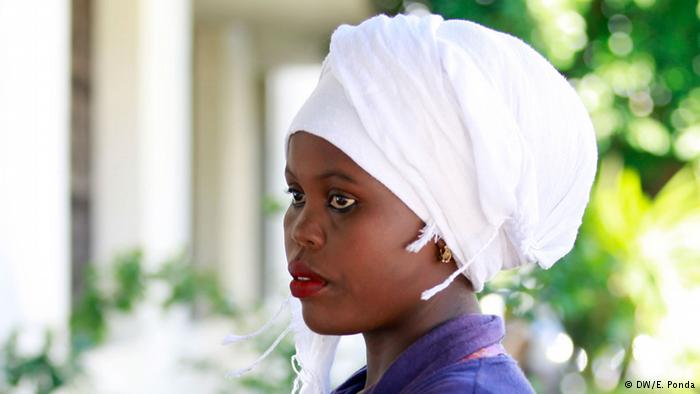
“I love my scarf ,” says Winnie Kerubo. “I feel more respected when I wear it. Sometimes I really feel uncomfortable without my headscarf.” The 21 -year-old Kenyan journalist from Mombasa has a scarf for every occasion: at home, in the office, for weddings and even one for sleeping – to maintain her hairstyle in shape.
Muslim identity
“I wear my headscarf because it is an expression of my identity as a Muslim. I think it’s very pretty and I put it on every time before leaving the house,” says Adisa Saaki from Ghana’s capital Accra. The 23 -year-old seamstress learnt from her mother how to easily and quickly tie headscarves .
An African tradition
“Senegalese women are known for their elegance,” says Aissata Kane. The headscarf carries a significant contribution because it fits nicely with not only African but also western clothing. Although Kane is a Muslim, she insists that: “Wearing headscarves is an African tradition – not only for the Muslim women.”
Headscarf for every outfit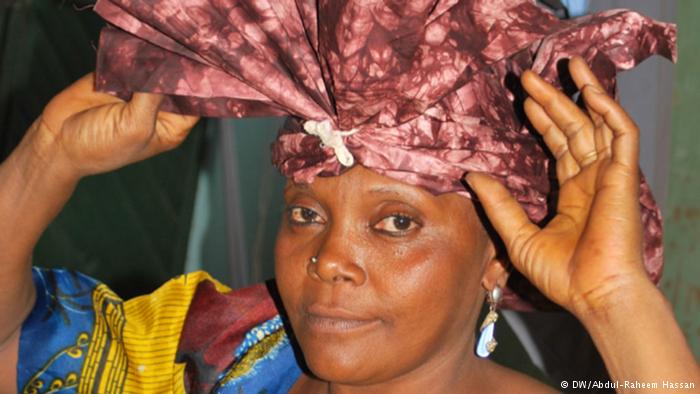
In Nigeria, there are hundreds of different ways to tie a headscarf. For many women it is a fashion accessory. “I wear a headscarf to make me more beautiful,” says 50 -year-old Mairo Buba from the northeastern Nigerian state of Adamawa. Ramatu Shu’abu, 21, agrees: “when a woman doesn’t have a headscarf to complement her outfit, it does not look good.”
Symbol of maturity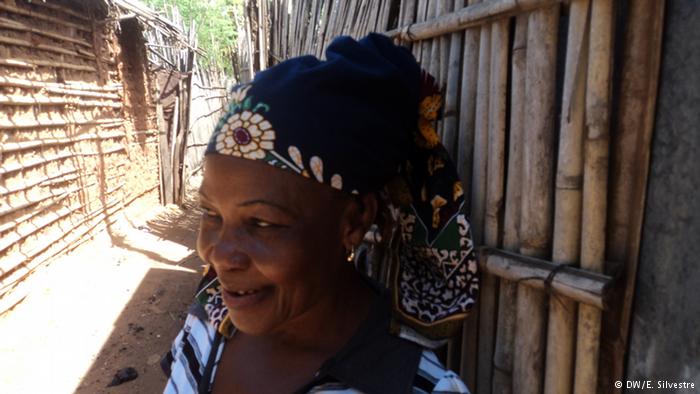
Fatima Assimuna is 38 years old and lives in Pemba, northern Mozambique. The domestic worker likes to wear a headscarf . “I am used to it that women wear them out of tradition.” For her, headscarves are part of the female beauty.” During my rite of passage into adulthood, I was taught how to tie and wear the headscarves.”
Feeling like a lady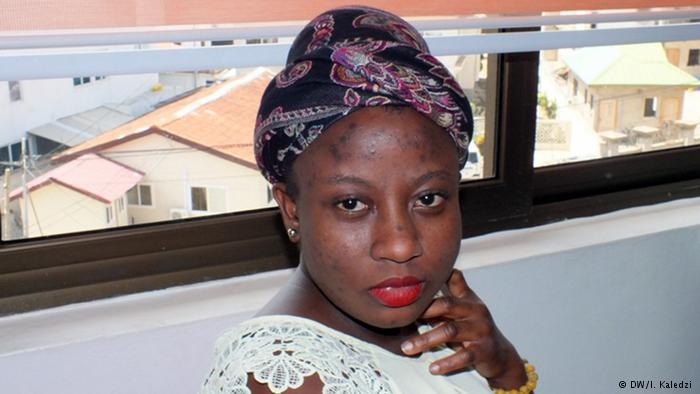
“More and more business women in Accra are turning to headscarves,” says Junita Sallah from Ghana. “I think it emphasizes the beauty of women. It makes me feel like a lady.” The 27 -year-old multimedia journalist has the right headscarf for any occasion.
Headscarf for the married
Bongi Khumalo sells souvenirs on the beach of the South African city of Durban. Through her headscarf she shows that she is a married Zulu woman. “The headscarf gives me a sense of dignity,” says the 65 -year-old . In large cities such as Durban many married Zulu women wear a headscarf in everyday life.
Part of the bridal dress
For Nana Ama Akyia Barnieh this headscarf is something very special. She will wear one at her wedding. In the Ghanaian Akan culture, the headscarf is a sign of whether a woman wants to get married or to have children.” I like the headscarf since it emphasizes the cultural aspect of my personality,” says Nana Ama.
Precious and noble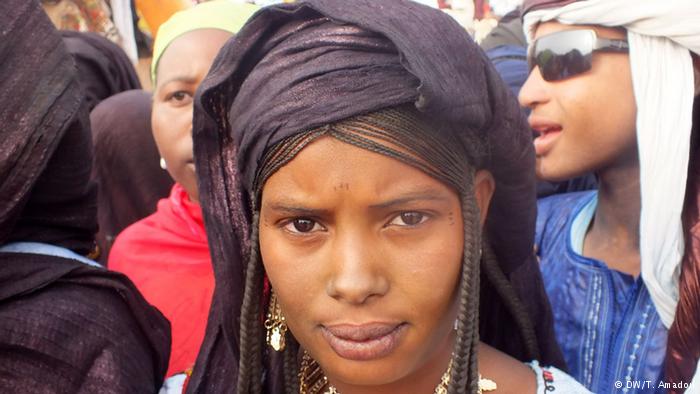
Azahra Shawurgi is 18 years old and comes from the Agadez region in Niger. “I started wearing a headscarf when I was 15 years old,” she recalls. “We celebrated that day by having a big party.” Tuareg women wear their headscarves on very special occasions, for example during Islamic feasts. “They are very expensive, one scarf could cost as much as 100 euros ($114),” says one of the women .
Author: Hilke Fischer / cm
Editor: Marjory Linardy
_____
WTO RECOMMENDS
Violence in a burqa
A woman icon who kicks butts reminds me of my own alter ego and indirectly satisfies my sick fantasies of throwing a punch or two at some men I have experienced. So when I heard from my female friends about the launch of a Pakistani animated cartoon series called “The Burqa Avenger,” I was curious to know more. (From August 2, 2013)
A veiled strategy
Western societies are often criticized for stereotyping Islamic culture, especially the Muslim women, who are often judged by the media based on their dress code. But where do these stereotypes come from? Perhaps Muslim societies themselves are responsible for strengthening these stereotypes. (From October 25, 2012)
How to become a woman, without being cut
Many FGM traditions are rooted in a transition to womanhood. Maasai girls in Kenya are continuing rich, coming-of-age rituals – without genital mutilation – and learning about their bodies instead. (From October 5, 2015)



